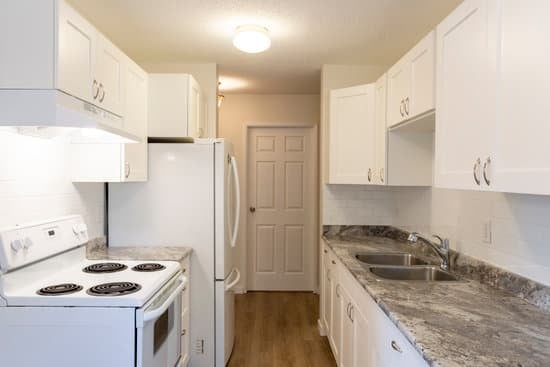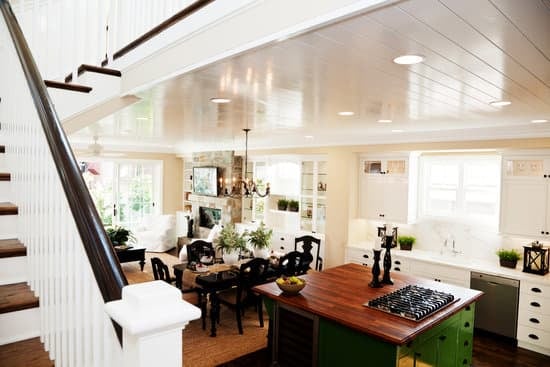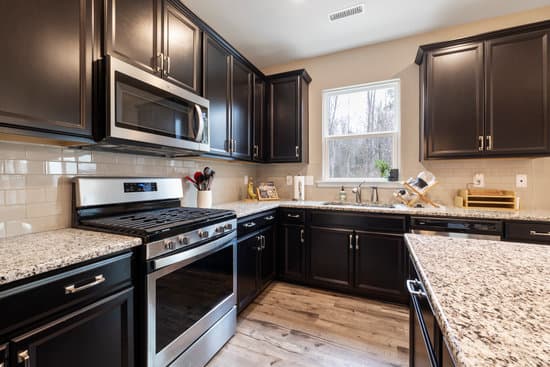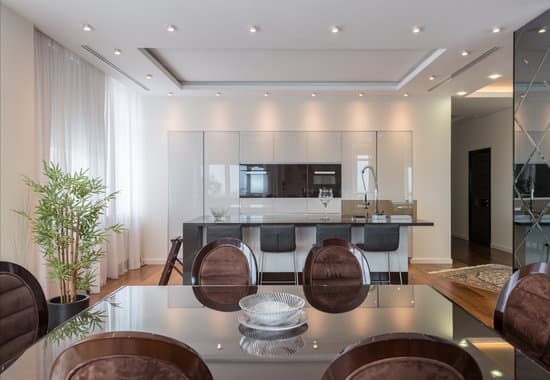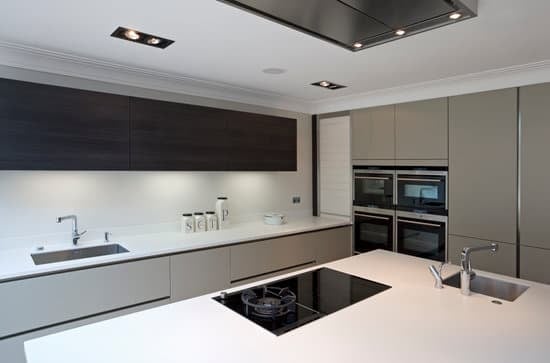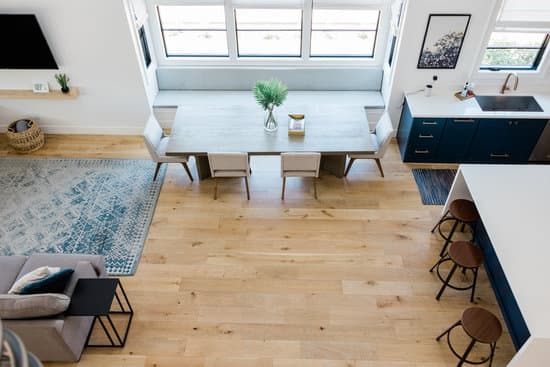Looking to add some extra counter space and storage to your kitchen without breaking the bank? In this article, we’ll show you how to make a cheap kitchen island that fits your needs. With a few basic tools and materials, you can easily create a functional and stylish island that will enhance your cooking experience. Follow our step-by-step instructions for building and customizing your own affordable kitchen island, all while prioritizing safety along the way.
Assessing Your Kitchen Space and Needs
You’ll want to start by evaluating your kitchen space and figuring out what your specific needs are. Safety is important, so make sure to consider any potential hazards or obstacles that may affect the placement of your kitchen island. Look for areas where you can maximize functionality without compromising on safety. When it comes to budget-friendly options, there are plenty of creative ideas you can explore. Consider repurposing an old table or dresser as the base for your island, or using affordable materials like plywood and paint to build a custom one. Don’t forget to think about storage solutions as well – adding shelves or hooks can help keep your kitchen organized while also providing additional workspace. By carefully assessing your space and needs, you can create a cheap kitchen island that meets all of your requirements without breaking the bank.
Gathering Materials and Tools
To construct a budget-friendly island for your culinary space, start by acquiring the necessary materials and tools. Safety should always be a priority when working with tools, so make sure to wear protective gear such as goggles and gloves. When finding affordable materials, consider repurposing old furniture or cabinets that you no longer need. Look for salvage yards or thrift stores where you might find inexpensive options. Another option is to visit local home improvement stores during sales or clearance events. It’s important to choose the right tools for the job, such as a drill, screws, and a saw. These will help you assemble the island securely and efficiently. Remember to measure your kitchen space properly before purchasing any materials to ensure they fit perfectly in your desired area.
Designing Your Kitchen Island
When designing your culinary space, it’s essential to consider the layout and functionality of the island. Maximizing functionality is key when creating a cheap kitchen island that meets your needs. Start by thinking about how you plan to use the island – whether it’s for food preparation, extra storage, or as a dining area. Incorporating storage into your design will help keep your kitchen organized and efficient. Consider adding shelves or cabinets underneath the countertop to store pots, pans, and other cooking essentials. You can also install hooks or racks on the sides of the island for hanging utensils or towels. By carefully planning and incorporating storage options into your kitchen island design, you can create a functional space that doesn’t break the bank.
Building and Assembling the Island
To build and assemble the island, start by gathering all the necessary materials and tools. Here’s what you’ll need:
- Materials:
- Countertop material (choose one that fits your budget and preferences)
- Plywood or MDF for the base
- Screws, nails, or brad nails
- Wood glue
- Paint or stain
- Tools:
- Circular saw or jigsaw
- Drill with screwdriver bits
- Hammer or nail gun
- Measuring tape
- Clamps
When choosing the right countertop material, consider durability and cost. Options like laminate or butcher block can be budget-friendly. To maximize storage space in your kitchen island, include shelves or drawers in its design. Measure your kitchen space carefully to ensure a proper fit. Always prioritize safety during construction by wearing protective goggles and gloves. Follow manufacturer instructions when using power tools and secure all components tightly to prevent accidents. With these steps, you can build an affordable kitchen island that suits your needs while keeping safety in mind.
Adding Finishing Touches and Customization
Adding the finishing touches and customization will help personalize your affordable kitchen island to suit your needs and style. When it comes to customizing options, there are plenty of budget-friendly alternatives that you can consider. One option is to add a fresh coat of paint to the island, using non-toxic and low-VOC paints for safety reasons. This will not only give your island a new look but also protect it from scratches and stains. Another way to customize your island is by adding decorative hardware such as knobs or handles that match the overall theme of your kitchen. Additionally, you can incorporate storage solutions like hooks or baskets underneath the island for easy access to utensils or other kitchen essentials. By taking these simple steps, you can transform your cheap kitchen island into a personalized and functional centerpiece for your kitchen.
Conclusion
In conclusion, you now have all the information and steps needed to make a cheap kitchen island. By assessing your space and needs, gathering materials and tools, designing the island, building and assembling it, and adding finishing touches, you can create a functional and customized addition to your kitchen without breaking the bank. With some creativity and effort, you’ll have a beautiful and practical kitchen island that meets your specific requirements. Enjoy your new DIY project!

